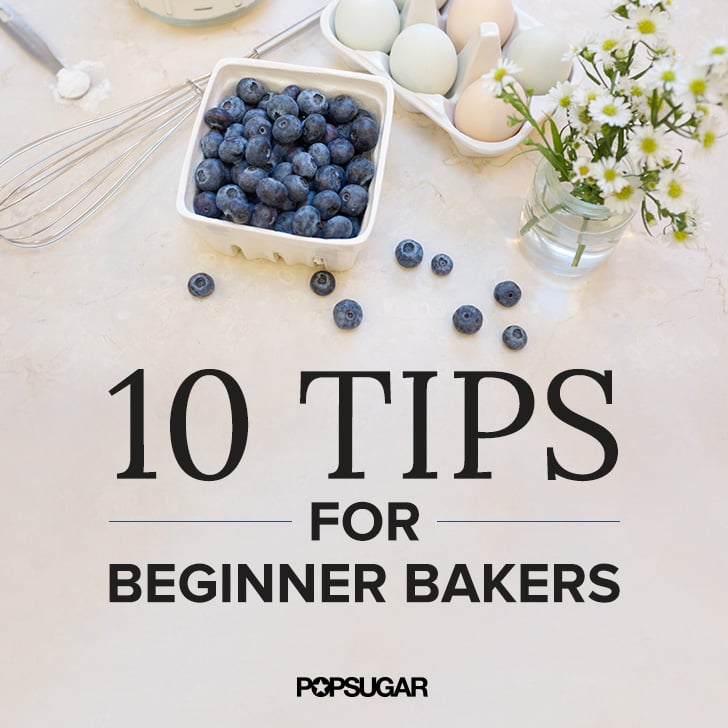
There are many levels of difficulty in cooking for kids. For younger children, the basic techniques are easiest. Older children may require more help. The recommended age range for children is between 3 and 5 years. Here are some kitchen tasks recommended for children. These activities can be used as a jumping off point for more complicated cooking and grocery list preparation. No matter what age you are, basic cooking skills can be learned by children from an early age.
Basic cooking skills
It doesn't matter if you want to teach your child how to cook or improve their skills in the kitchen, basic cooking skills will be crucial to any successful mealtime. Although there are many cooking skills suitable for children of different ages, some require more supervision. These are the top guidelines you should remember.
Age ranges
At this age, children are able to wash their hands, follow simple recipes and do the work themselves. They will eventually be able to put together food by understanding the basics of mixing and cutting ingredients. This is a great time for basic kitchen tools like the oven to be introduced. As they grow and learn, they will be able to modify recipes and use more advanced kitchen appliances.
Techniques
Cooking with your children has a number of benefits. This is a great way for your child to bond with you and build vocabulary. It's also a fun and rewarding way to share the responsibility of cooking with your child. Cooking with a toddler requires patience and time. Choose simple recipes that are in line with their skill level. Look for recipes that don't require long cooking time. Consider dishes with unusual textures and colours. These techniques will make your cooking experience more enjoyable.

Getting kids involved in the kitchen
It's a great way for kids to have fun at dinner. This can help them develop valuable life skills. Even though newborns may not be skilled cooks, they can learn how to prepare basic meals in the kitchen. If you allow them to have fun with the food, it will make the activity more natural for them. They will also be more interested in cooking as they grow older. As they get more familiar with the kitchen, they will be more interested in it.
Food presentation
It does not matter if you are cooking for your own family, or for your children. Food presentation matters. Food presentation has a huge impact on children's eating habits. Here are some suggestions to help your food look its best. There are many fun garnishes that you can use, including carrot curls as well as radish petals. Be sure to supervise your children when they are using knives. You can help them by asking an adult if they have questions about the knife.
Measurements
You can teach your kids measurements, which will help them improve their math skills. You can teach your child the skill and improve their sense of time. Kids will learn to compare quantities and make estimations with utensils and cups. These skills will prove useful in math classes such as geometry and pre-algebra. But this is not all. Kids will also develop their fine motor skills, improve their sequencing skills, and increase their reading skills.
Self-confidence
Teaching children how to cook is a great way of instilling self-confidence. Children who learn how to cook from scratch are more likely to continue these good habits into adulthood. Moreover, it gives children something tangible to feel proud of, which will boost their self-confidence. Cooking can promote family bonding as well as help children develop a sense for responsibility.

FAQ
Do I need to go to culinary school to be a chef?
No. No. Many chefs began their careers learning by themselves. Some even went to culinary school just to gain experience. Many chefs prefer to attend culinary school for the increased opportunities to learn and grow as professionals. Culinary schools allow students to learn hands-on skills, and this helps them improve their cooking knowledge.
What are my options for learning about cooking?
There are numerous cooking classes offered across the country. There are many schools that offer courses in pastry, baking, and wine tasting. If you want to learn more about cooking, you can enroll in a class at a local community college or vocational school, or attend one offered by a private institution.
Where can I find online cooking classes for free?
Many websites provide free cooking lessons. You can search YouTube for videos that teach you how to prepare different meals. You can find thousands of recipes on certain websites. You will need to pay a monthly subscription, but you can still try the site for free for 30 day.
What's the difference between a professional chef and an amateur cook?
A chef cooks for others. A cook prepares food for himself or herself. A chef, on the other hand, works directly with customers. This means that they can have to decide what food to serve customers based their preferences. The cook does not have to interact directly with customers. Instead, they ensure that the food tastes delicious before they serve it to others.
Statistics
- In the United States, the category is estimated at $23.2 billion annually and is growing faster than the market. (washingtonpost.com)
- You'll be amazed that over 90% of CIA students receive scholarships and grants to finish their culinary studies. (ischoolconnect.com)
- On average, chefs earn $58,740 a year, according to the BLS. - learnhowtobecome.org
External Links
How To
How to make a perfect eggroll
Omelets have always been a favourite food to eat for breakfast. How can you make them perfectly? I have tried many different recipes and methods, but none of them work. Today, I'd like to share some tips with you in order to make delicious and fluffy omelets every day.
First, eggs can be very temperamental ingredients for making omelets. Eggs must be purchased fresh, preferably organic, and kept chilled until ready for cooking. You must keep them cool enough to allow the whites to form properly and the yolks to become too runny if they're not kept at the right temperature. This will make your omelets appear strangely colored. If you plan to cook the eggs right away, it is best to use room temperature eggs.
Another tip is to separate the egg before adding it to the pan. Because this could cause your omelet to become curdled, you don't want any yolk to be mixed with any white.
If you add the egg directly onto the stovetop, you might end up burning the bottom part of the egg, which would ruin the texture of your omelet. Instead, heat the egg for 10 seconds in the microwave before placing it in the pan. The microwave heat will cook the egg just right without making it too hot.
Next, let’s talk about mixing the egg. Mixing eggs together is important. You need to beat them well. You can do this by turning the bowl of your mixer upside down. Next, shake the bowl vigorously. The egg will be thoroughly mixed in the bowl as the air is whipped.
The fun part begins - you need to pour the milk into your mixture. Fold the eggs in the milk mixture by first pouring half of it into the egg whites. Don't worry if there are still streaks of egg visible; these streaks will disappear once you flip the omelet.
After you have done folding the eggs, heat the pan on medium heat. The oil will start to smoke. Add 1/4 cup butter to the oil and swirl it around to coat all sides of the pan. Now carefully crack open the lid of the pan and sprinkle salt into the pan. A pinch of salt will help prevent the omelet from sticking to the pan.
Cover the pan once you have formed the omelet. Wait for the top to set. Flip the omelet upside down or with a spatula. Cook the opposite side for another minute. Remove the omelet from the pan and serve immediately.
This recipe works best when you use whole milk.